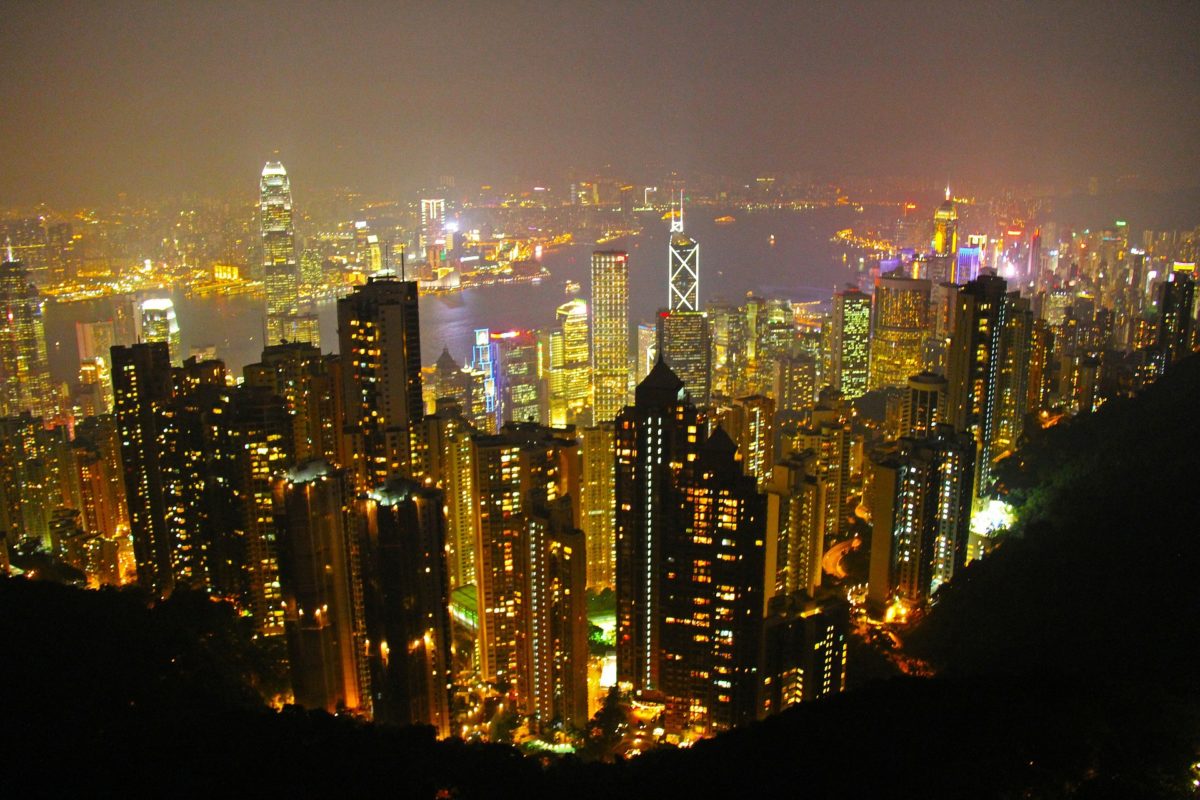“It is always darkest before dawn.”
That's certainly one way of assessing the first-half performance of Jinzhou-based solar ingot, wafer, cell and module producer Solargiga, whose figures have borne out the profit warning it recently issued.
As expected, the specter of the May 31 decision by the Chinese government to turn off the PV subsidy tap hangs over the figures, and perhaps a more revealing quote from the latest financial update could be the more muted: “The outlook of the global photovoltaic market is still relatively optimistic.” Or how about the prediction that after China's new policy accelerates solar reaching grid parity “those operators who survive shall enjoy fruitful results”? There's a sobering caveat right there.
Solargiga is one of the manufacturers that has been battered by the unexpected about turn on solar policy in Beijing, with the RMB100 million ($14.6 million) profit seen this time last year having become a RMB104 million loss this time around, and that coming despite a 4% year on year rise in shipments, to 1,207 MW.
That headline figure illustrates just how marked the cliff-edge tumble in module prices was towards the end of the second quarter. Solargiga describes the fall as “irrational” and the phrase recurs many times throughout its update to the Hong Kong Stock Exchange.
Cells hold key to hedging market
The unexpected nature of the policy change is illustrated by the fact it came just as Solargiga was putting the finishing touches to a 1 GW expansion in its module production facilities that almost doubled capacity to 2.2 GW. That's a rise in module fab output from only 400 MW relatively recently, and prompts the question whether the production strategy outlined in the latest update is visionary or simply a masterful example of reverse engineering.
With the development part of the business glossed over with vague intentions to form joint ventures and such, it's all about the production gameplan. Solargiga says its cunning plan is to ramp up module capacity to satisfy external demand and to drive its internal market for the ingots and wafers it makes, a segment of the business which it states it still intends to expand.
Popular content
The company says it will be able to negotiate headwinds in a suddenly unpredictable market by keeping its cell production capacity modest and relying heavily on “highly competitive supporting outsourced production”, news that is sure to send a shudder through its cell making partners, who can brace to be squeezed even harder. The question analysts will ask is whether this is a policy about to demonstrate its wisdom now that turbulence has arrived much earlier than expected, or whether it has been hastily drawn up to dress up the fact the manufacturer spent big on expanding module production lines just as the world's biggest marketplace ground to a halt.
Solargiga tries to make the right noises about expanding its overseas sales, but spelling out the potential of the U.S. market without mentioning President Trump's fondness for protectionist tariffs – not to mention predicting an Australian solar boom, just as an apparently climate sceptic administration has taken over – smack of desperation.
Dependence on state-owned customers
India, shareholders are told, has grand ambitions to be the world's second biggest solar market, but where is India in the overseas sales figures? Is it classed as “South East Asia”, in the same way the company puts Mexico in South America? Either way, the figures spell out that while Europe is enjoying rising demand – now sure to be boosted by the end of the minimum import price for Far Eastern solar products – along with South East Asia; Japanese shipments fell markedly, American customers vanished and Taiwan business suffered a steepling fall.
The impression of an urgent need to diversify Solargiga's customer base is only reinforced by bullish statements about the string of “huge state-owned enterprises” in China which opted for the company's ingots and wafers in the first half, and that for modules, “external sales [were] mainly made to huge Chinese state-owned enterprises”, as well as conglomerates in Japan.
The manufacturer is optimistic its investment in high quality products and production lines will drive down the costs per unit faster than the selling price falls, thereby ensuring profits will recover.
The suspicion is though, that Solargiga's bold, and by no means “irrational” decision to expand production in a booming market may have come at just the wrong time.
This content is protected by copyright and may not be reused. If you want to cooperate with us and would like to reuse some of our content, please contact: editors@pv-magazine.com.



By submitting this form you agree to pv magazine using your data for the purposes of publishing your comment.
Your personal data will only be disclosed or otherwise transmitted to third parties for the purposes of spam filtering or if this is necessary for technical maintenance of the website. Any other transfer to third parties will not take place unless this is justified on the basis of applicable data protection regulations or if pv magazine is legally obliged to do so.
You may revoke this consent at any time with effect for the future, in which case your personal data will be deleted immediately. Otherwise, your data will be deleted if pv magazine has processed your request or the purpose of data storage is fulfilled.
Further information on data privacy can be found in our Data Protection Policy.